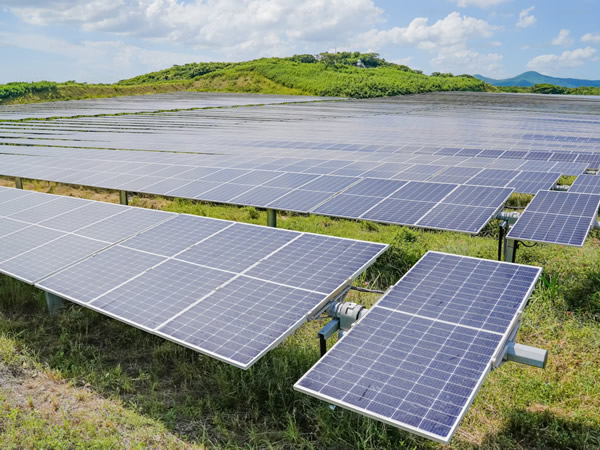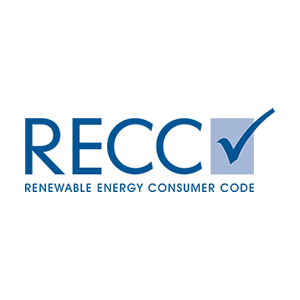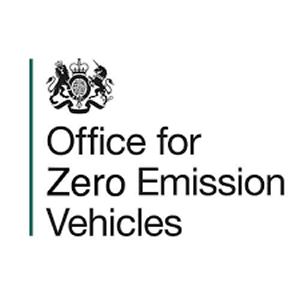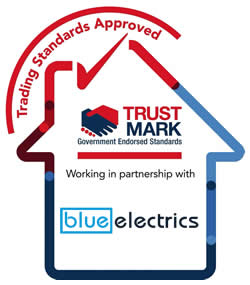In today’s rapidly evolving energy landscape, businesses are increasingly turning to solar photovoltaic (PV) technology to reduce electricity costs and carbon emissions. Understanding the basics of solar PV can help businesses make informed decisions about adopting this technology. This blog post will provide an overview of solar PV technology, system sizing, installation considerations, and the financial benefits of solar energy for businesses.
Introduction to Solar PV Technology
Solar PV technology converts sunlight directly into electricity using solar modules, which are commonly known as solar panels. Each module comprises multiple solar cells made primarily from crystalline silicon, a widely available and abundant material. Solar modules can vary in the number of cells they contain, typically ranging from 60 to 72 cells, with the latest models incorporating even more for improved performance.
Solar modules produce direct current (DC) electricity, which must be converted to alternating current (AC) for use in buildings. This conversion is achieved using an inverter, which also synchronises the system with the electricity grid, ensuring safe and efficient operation.
Understanding System Sizing and Efficiency
The performance of a solar PV system is influenced by various factors, including the type of solar cells used and environmental conditions such as sunlight intensity and temperature. To standardise performance comparisons, the solar industry uses Standard Test Conditions (STC), which simulate a clear, bright sunny day. The power output of solar modules is measured in watts peak (WP) under these conditions.
For businesses, the efficiency of a solar PV system is a crucial consideration. Modern solar modules typically have an efficiency of around 17%, meaning they convert 17% of the sunlight they receive into electricity. While this may not seem high, it is important to remember that solar energy is a free and renewable resource.
Optimal Installation Locations and Angles
The location and orientation of solar PV installations significantly impact their performance. Ideally, solar panels should be installed on south-facing roofs to maximise sunlight exposure. Flat roofs can also accommodate solar PV systems using frames to adjust the angle of the panels.
Two key angles must be considered: azimuth (orientation with respect to south) and pitch (slope of the panels). In the northern hemisphere, a south-facing orientation with a slope of around 35 degrees typically provides the best overall energy generation. However, the optimal angles can vary based on geographic location and seasonal sun paths.
Assessing Shading and Its Impact
Shading from trees, buildings, or other obstructions can significantly reduce the energy yield of a solar PV system. It is essential to evaluate potential shading throughout the year using software tools that can model the impact on energy production. Minimising shading ensures that the solar PV system operates at peak efficiency.
Financial Considerations: Cost and Payback
The cost of solar PV systems has decreased significantly in recent years, making it a more attractive investment for businesses. Although financial incentives such as feed-in tariffs have diminished, the Smart Export Guarantee (SEG) provides payments for excess electricity exported to the grid.
The primary financial benefit of solar PV comes from using the generated electricity on-site, which reduces the need to purchase power from the grid and lowers greenhouse gas emissions. For businesses with suitable roof space and high electricity consumption, the payback period for a solar PV system can range from seven to ten years. Given the long lifespan of solar PV systems—typically around 25 years—this represents a sound investment with long-term savings.
Conclusion
Adopting solar PV technology can offer substantial financial and environmental benefits for businesses. By reducing electricity costs and carbon emissions, solar PV systems contribute to a more sustainable future. For more information on solar PV and other renewable energy technologies, download our fact sheet or explore our additional resources.
Harness the power of the sun and make a positive impact on your business and the environment today!




















